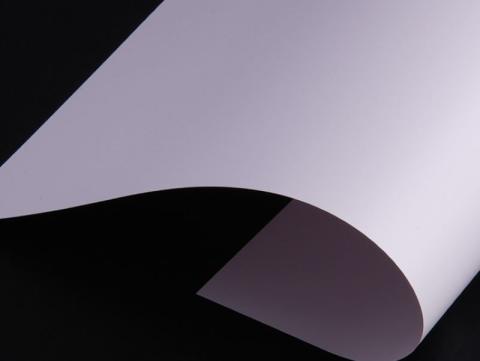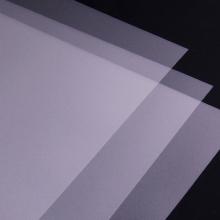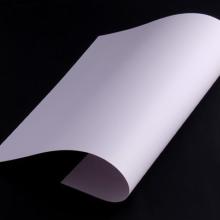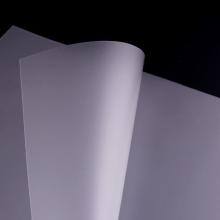
Fingerprint-resistant PC film, as a high-performance polycarbonate (PC) film product with special surface treatment technology, combines the inherent good characteristics of PC material with advanced fingerprint-resistant function, providing an aesthetic, easy-to-clean and highly functional solution for many industries.
Features
- Fingerprint Resistance The key characteristic of fingerprint resistant PC films is that the surface has been specially coated or modified to significantly reduce the likelihood of fingerprints adhering, or to make fingerprints that have already adhered undetectable. This treatment is usually achieved by reducing surface energy, increasing surface roughness or introducing specific chemical components, which makes fingerprint grease less likely to adhere, and even if there is a small amount of residue, it can be easily wiped away, keeping the surface clean for a long time.
- Inheritance of substrate properties As a derivative of PC material, anti-fingerprint PC film retains the original excellent performance of polycarbonate film:
- Mechanical strength: High impact, tensile and flexural strengths ensure excellent durability and resistance to breakage during use.
- Thermal stability: good heat resistance and low temperature resistance, a wide range of operating temperatures, can be used for a long time in -60 ° C to 120 ° C environment without losing performance.
- Optical properties: high transparency, light transmittance close to glass, clear and transparent visual effect, suitable for occasions requiring good optical display.
- Environmental adaptability: stable to light, good weather resistance, resistance to fading and aging caused by ultraviolet radiation; at the same time, it has good resistance to oil and acid, but its resistance to strong alkali, oxidative acid and certain organic solvents is limited.
- Flame retardant: Some anti-fingerprint PC films also have flame retardant properties, in line with the relevant fire safety standards, especially for places with strict fire safety requirements.
- Surface treatment enhancements In addition to fingerprint resistance, fingerprint-resistant PC films may have the following additional properties:
- Abrasion resistance: The surface treatment may have enhanced the film's ability to resist abrasion, reducing scratches and wear and tear during daily use.
- Anti-glare: Some products have a matte or frosted surface treatment, which effectively reduces glare and improves the user's visual comfort, especially for display protection and interior decoration.
- Antimicrobial: Some high-end anti-fingerprint PC films may also have added antimicrobial components to inhibit the growth of bacteria and mould, enhancing hygiene.
Applications
- Electronic devices
- Smartphones and tablet PCs: used as a screen protection film to prevent fingerprint contamination, keep the display clear and enhance the touch experience.
- Touch screen monitors: used in self-service terminals, industrial control panels, medical equipment, etc., providing an interface that is easy to clean and does not interfere with operation.
- Laptop case: used to make the A-side or palm rest part of advanced laptop computers, providing a beautiful, fingerprint-free appearance.
- Public facilities and buildings
- Lift buttons and handrails: Reduce the accumulation of fingerprints on frequently touched areas in public places, and improve cleanliness and user experience.
- Access control systems and smart lock panels: prevent fingerprints from interfering with identification and keep equipment surfaces clean.
- Building curtain walls and interior partitions: Provide highly transparent, fingerprint-free decorative materials to enhance the texture of the space.
- Home and Furniture
- Kitchen appliance panels: used for control panels of refrigerators, ovens, microwave ovens and other home appliances, easy to clean and beautiful.
- Furniture surface lamination: applied to desktop, cabinet doors and other furniture surfaces, providing anti-fouling and wear-resistant protective layer.
- Other industries
- Automotive interior: used in the centre console, navigation screen and other parts, to enhance the cleanliness of the cockpit and sense of technology.
- Advertising and display: used on light boxes, display boards and other promotional materials to ensure clear images and no fingerprint interference.




